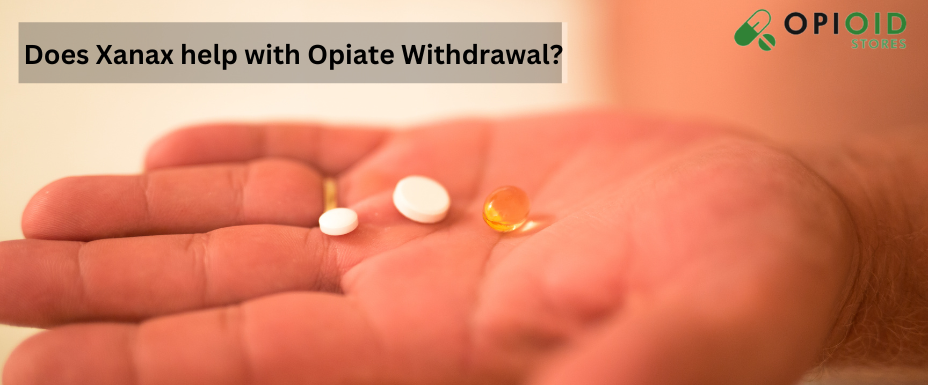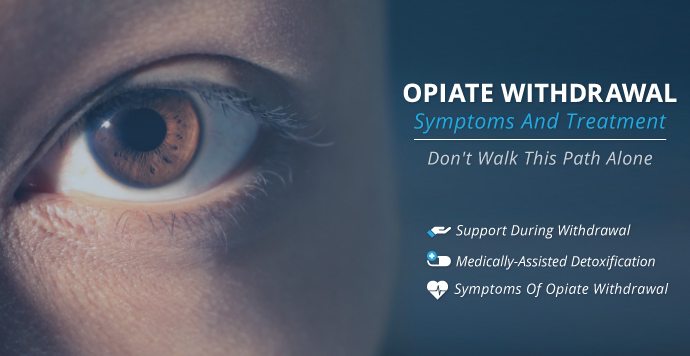Know About Ambien and its Side Effects
Ambien
Ambien is one of the most widely prescribed medicines for specific sleep problems (insomnia). People usually buy Ambien online when healthcare professionals prescribe it for insomnia treatment.
Ambien’s generic version, zolpidem affects chemicals in the brain that are likely to be unbalanced in individuals with sleep problems such as insomnia. If you use our website to order Ambien, overnight delivery is assured from our side.
The immediate-release tablet helps individuals fall asleep when they first go to bed. While the extended-release version, Ambien CR, consists of two layers: the first one dissolves quickly and helps you fall asleep, and the second layer dissolves slowly to keep you asleep.
Before taking Ambien
Before taking this medicine, ensure a proper medical test to check you are not allergic to it. To make sure Ambien is safe for you, tell your healthcare professional about your medical history, especially if you have ever had:
- mental illness, depression, or thoughts of suicide;
- lung disease or breathing problems;
- drug or alcohol addiction;
- liver or kidney disease; or
- sleep apnea (interrupted breathing during sleep)
Ambien Dosage
The Ambien dosage your healthcare provider prescribes will depend upon several factors, including:
- your age
- your sex assigned at birth
- the type and severity of your medical condition for which you are taking Ambien or Ambien CR
- whether you have a proper medical prescription for Ambien (or Ambien CR) or not
- other medications you might be taking
- other medical health conditions you may have
Usually, your health expert will start your treatment on a low dosage. Then they will gradually adjust it over time to reach the suitable amount for you. And eventually, your medical healthcare professional will prescribe the smallest effective dose that provides you with the desired effect.
We suggest you compare medicine prices from various sources before placing any order. Here are some dosage recommendations for this drug to help you avoid any adverse effects. The dosage is for adults who are suffering from insomnia.
Ambien for insomnia
For short-term treatment of trouble falling asleep, the prescribed Ambien dosage is:
- Ambien 5 mg or Ambien 10 mg every day for males
- Ambien 5 mg per day for females
It would help if you took the Ambien doses right before bedtime. And you should administer it only if you will have at least 7 or 8 hours of quality sleep before you need to wake up. The maximum amount of Ambien per day should not exceed 10 mg. Taking Ambien in an excessive amount can cause an overdose (will discuss this later in the article).
Ambien CR for insomnia
Ambien CR helps treat both short and long-term problems concerning falling asleep, staying asleep, or both. For insomnia treatment, the prescribed Ambien CR dosage is:
- 6.25 mg per day for females
- 6.25 mg to 12.5 mg per day for males
It would help if you took your Ambien dose right before bedtime. And you should administer it only if you will have at least 7 to 8 hours of quality sleep before you need to wake up the following day. The maximum amount of this drug per day should not exceed 12.5 mg. Taking Ambien CR in an excessive amount can result in an overdose.
Ambien Overdose
Ambien overdose can be fatal, especially when you take it with other drugs that can cause drowsiness. Overdose symptoms may include shallow breathing, sleepiness, light-headedness, confusion, fainting, or coma.
Bizarre Side Effects of Ambien
Ambien can cause several side effects, including decreased awareness, changes in behavior, hallucinations, sleepwalking, memory problems, sleep eating (and cooking), and sleep driving.
In fact, Ambien has become more noticeable because of its weird and wacky side effects. Due to the mix of hypnosis, amnesia, and hallucinations caused by this drug, the internet has started calling it “Ambien Walrus.”
People have reported the following bizarre effects after taking Ambien:
- Sleepwalking to the grocery store and purchasing items
- having a conversation with a non-existent person or famous personality
- Purchasing something with a hefty amount of money
- a feeling of rising above the bed and floating in the air
- trespassing into a neighbor’s house for taking kinds of stuff
- calling people and talking for hours, and forgetting everything in the morning
- doing laundry or washing dishes
- considering that some insect has entered inside eyes, ears, nose, or mouth
- hallucinations that something can ripple
- feeling that someone is inside the house or continuously looking out of the window
Some common side effects of Ambien:
- tired feeling, loss of coordination;
- dry mouth, stuffy nose, nose or throat irritation;
- daytime drowsiness, weakness, dizziness, feeling light-headed or “drugged.”
- headache, muscle pain; or
- constipation, nausea, upset stomach, diarrhea
Severe side effects of Ambien:
- fast or irregular heartbeat, chest pain, feeling short of breath;
- feeling like you might pass out; or
- trouble swallowing or breathing
The sedative effects of this drug are more likely to affect older adults. It includes the feeling of severe dizziness or drowsiness that can cause accidents, falls, or severe injuries. Zolpidem may cause a rare but severe allergic reaction that requires you to stop taking the drug and get instant medical help. Signs of an allergic reaction to Ambien include hives, trouble breathing, or swelling of several body parts (face, lips, tongue, or throat).
The list of adverse effects mentioned above is not complete. Report to the medical healthcare professional if you notice any new or worsening symptoms, such as anxiety, depression, confusion, aggression, agitation, unusual thoughts or feelings, memory problems, hallucinations, unusual risk-taking behavior, changes in personality, no fear of danger, decreased inhibitions, or thoughts of suicide or hurting oneself.
FAQs
How long does Ambien take to work?
Ambien starts its effects as soon as you take a dose; it usually begins to function within an hour of taking the tablet. You are likely to feel the impact of the drug works for you.
How long does Ambien sustain in your system?
Ambien stays in the body for more than 2.5 hours as it has a half-life of approximately 2.5 hours.
Is Ambien a benzodiazepine?
It is not a benzodiazepine, but some of its properties are similar. Ambien belongs to the sedative-hypnotics category of medications that aid in sleep. Benzodiazepines and sedative-hypnotics function by slowing down brain activity, but they are approved to treat different medical conditions.





